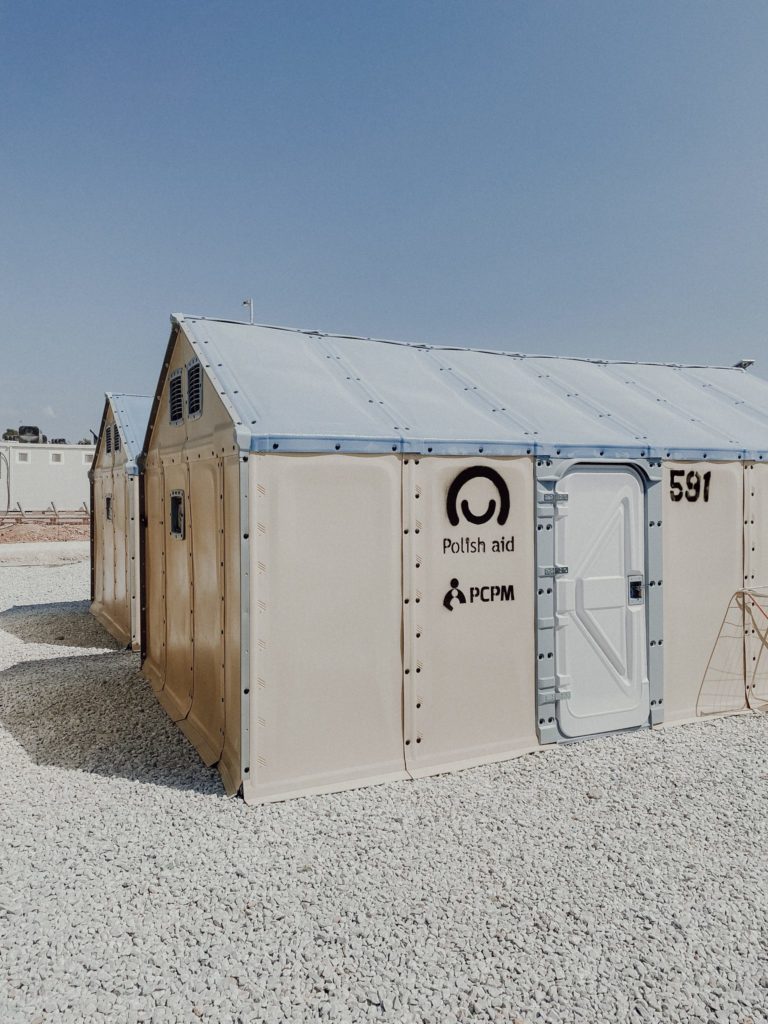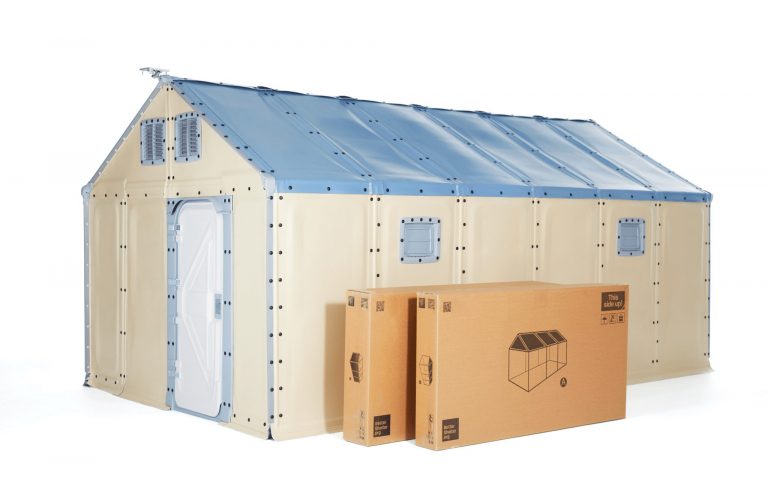RHUs in Panama accommodating refugees on their treacherous journey along the Darién Gap
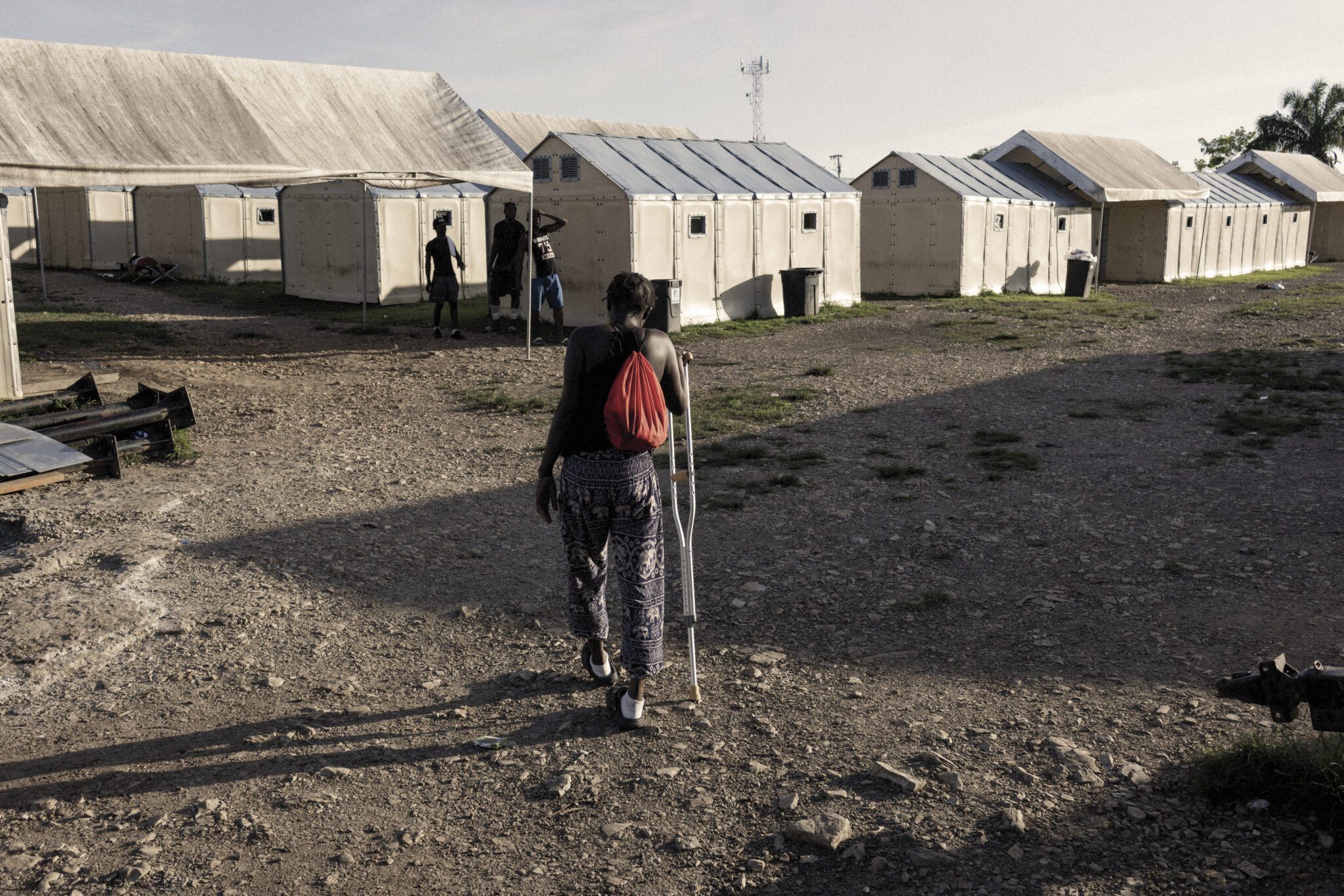
Panama is a small country, but it has historical significance as a strategic migration point between South and North America.
The San Vincente Migration Reception Centre in Meteti, southern Panama, is one of the first stops where migrants arrive upon entering the Panama border. The San Vincente Centre receives the migratory populations in most need of protection and humanitarian assistance for its proximity to the Darién Gap.
The Darién Gap is a geographic region between Panama and Colombia, made of hundreds of kilometres of dense, mountainous jungle and swamp, with conditions virtually untouchable by humans. In 2021, more than 120,000 people, desperate to escape conflict and seek asylum in North America, made this cross-border journey, often on foot and in constant exposure to trafficking by organised crime groups, sexual violence and extortion.
While most of the migrant population were Haitian or Venezuelan nationals, others from Cuba and other African and Asian countries were among this migrant group.
To scale up the San Vincente Centre’s reception capacity, UNHCR donated 48 RHUs to accommodate the arriving populations in need of protection, health, and shelter services until they continue their journey to their ultimate destination: the United States.
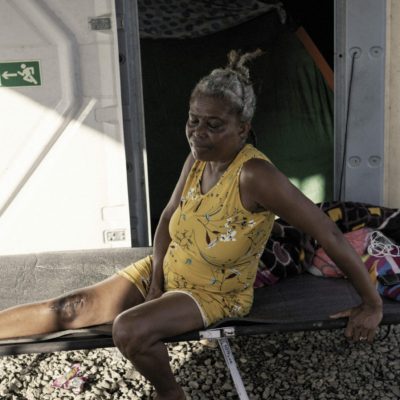
Migrant Wicile Mesidor Dareus, 54, sits on a camp bed in the Vicente Migration Reception Centre, one of the first stops after migrants cross the inhospitable jungle of the Darien Gap into southern Panama. They are registered at the centre and, after receiving food and shelter, continue north towards Central America, Mexico and, eventually, the United States. Wicile injured her leg during the journey and underwent surgery in Panama City. ; More than 120,000 people, mostly Haitians, undertook the perilous journey through the Darien Gap between Colombia and Panama in 2021 on their journey northwards, often falling victim to criminal groups, sexual violence and extortion. People from Cuba, Venezuela and Africa and Asia also made the journey.

The San Vicente Migration Reception Centre in Meteti, southern Panama, one of the first stops after migrants cross the inhospitable jungle of the Darien Gap. They are registered at the centre and, after receiving food and shelter, continue north towards Central America, Mexico and, eventually, the United States. UNHCR donated 48 refugee housing units to the reception centre to accommodate people in transit. ; More than 120,000 people, mostly Haitians, undertook the perilous journey through the Darien Gap between Colombia and Panama in 2021 on their journey northwards, often falling victim to criminal groups, sexual violence and extortion. People from Cuba, Venezuela and Africa and Asia also made the journey.
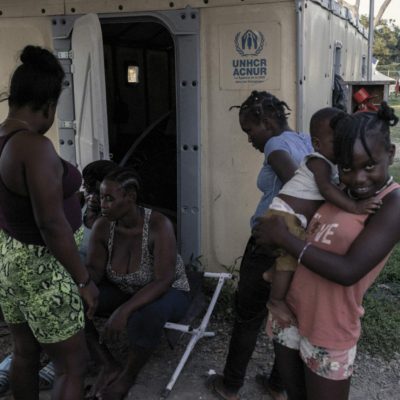
Nadege Decius (centre) sits on a camp bed at the San Vicente Migration Reception Centre in Meteti, southern Panama, with other migrants with whom she crossed the jungle from Colombia. The centre is one of the first stops for migrants, mostly from Cuba, Haiti, Venezuela, Africa and Asia after they cross the inhospitable Darien Gap. They are registered at the centre and, after receiving food and shelter, continue north towards Central America, Mexico and, eventually, the United States. UNHCR donated 48 refugee housing units to the reception centre to accommodate people in transit. ; More than 120,000 people, mostly Haitians, undertook the perilous journey through the Darien Gap between Colombia and Panama in 2021 on their journey northwards, often falling victim to criminal groups, sexual violence and extortion. People from Cuba, Venezuela and Africa and Asia also made the journey.


